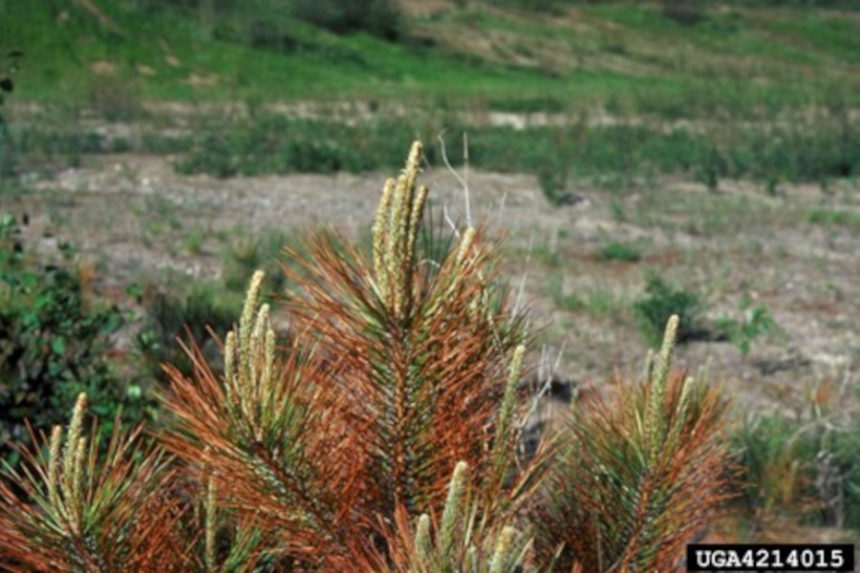Winter burn is a common issue in Idaho
Published at | Updated at
Evergreens in eastern Idaho experience winter stress every year. That’s just the nature of our growing conditions. Normally, evergreens begin coming out of dormancy in April and we often get calls about arborvitae, juniper, spruce or pine trees with browning needles or scales.
What does winter burn look like?
The foliage that is most affected is on the south, southwest or west side of the trees—facing reflected sunlight and prevailing winds. The needles or leaves start to brown from the tips first. Needles that turn entirely brown will die and fall off. In severe cases, the buds at the end of the branches may also die.
What causes winter burn?
There are some diseases that could be contributing to this condition, but the majority of what I have seen are caused by environmental conditions.

To really understand what is going on we need to go back to the previous growing season. Last year was dry and hot through the summer. There was not a lot of precipitation before the trees went dormant, so they may have entered the winter already dry (overwatering can cause many of the same symptoms).
During the winter, evergreens need to maintain water in the needles and leaves – not much, but some. If the frost line goes too deep into the soil, water won’t be available for the plants during the winter. Reflected sunlight and winter winds add to this stress and the needles get burned. Foliage that is covered by snow or is on the lee or shady side of the tree will be less affected.
Another possible contributing factor could be that short warm spell in January with a sudden drop to sub-zero temperatures. Longer than normal winter temperatures can also add to the winter stress.
What to do?
Do not water your plant too soon. There is plenty of moisture in the soil. Some years we have a dry winter and spring. That is not the case this year. Wait for the tree to start growing before you even consider watering it. Remember, too much water is just as bad as not enough water.
There is nothing you can do to bring the green back into brown needles. Wait for the tree to break dormancy and see what growth you will have. You may need to prune out brown branches of arborvitaes, yews, junipers and boxwoods. Pines, spruces and firs that have brown branches may have new growth in the spring. It’s a wait-and-see game. If a branch shows no growth while the rest of the tree is growing it should be entirely removed. If the entire tree is brown or has lost its needles, it is probably dead and should be removed.
Select trees for their ability to withstand the harshest growing conditions of a given area. Even when trees have been carefully selected evergreens may be damaged by our difficult winter environment.
Horticulture Educator Ron Patterson can be reached at (208) 529-1390.

In the Garden is sponsored by ProPeat, which is dedicated to delivering solutions for any of your professional fertilization needs. Whether you need to reduce the harm to soils and the environment, or you're interested in the latest nitrogen, carbon and biochemical technologies, ProPeat is the perfect fit.


